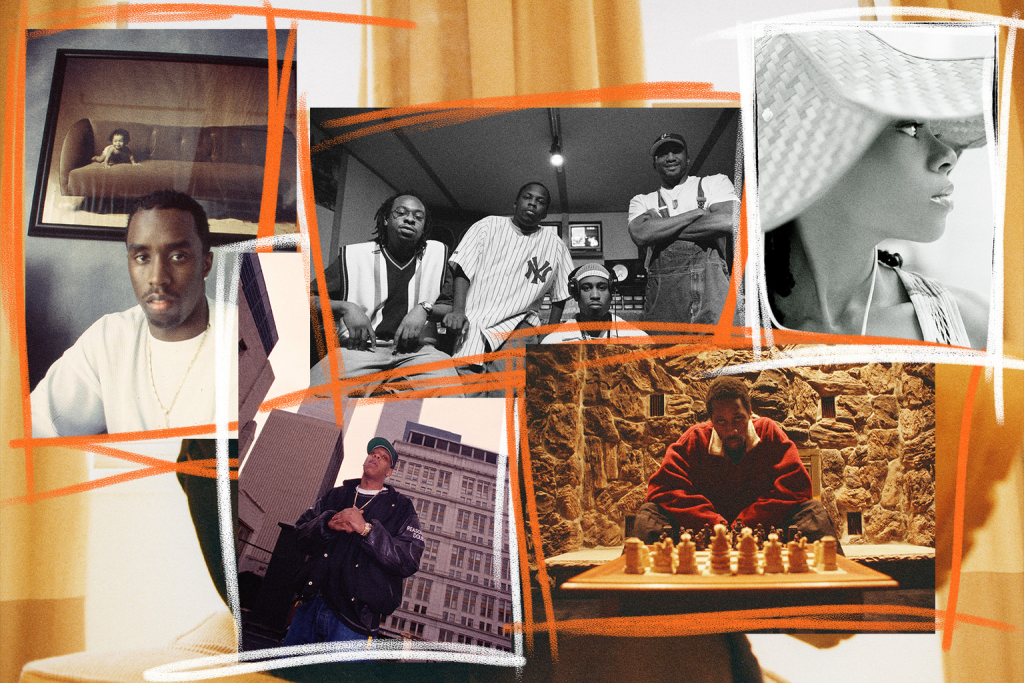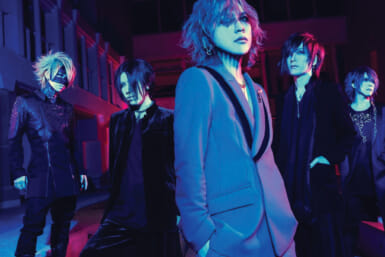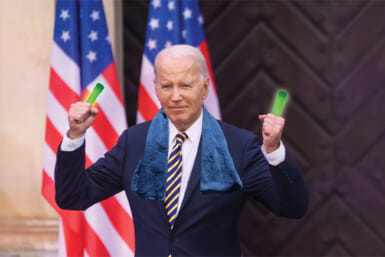Arriving in America for the first time in 1991, Atsuko Tanaka had no idea what she wanted to do with her life. Fresh out of high school, she liked the thought of living abroad for a short time so decided to give the US a try. The initial idea was to spend three months in Miami before returning home. However, three months eventually became 20 years as Tanaka established herself as a photographer of the stars.
Encouraged by her mother to stay in the US, Tanaka moved to Orange County where she enrolled in a photography course at Saddleback College. Her friend had mentioned that taking pictures was fun and for Tanaka, who wasn’t sure what she wanted to do, that was all the motivation she needed. It was a decision that would change her life. After graduating, she headed to New York to begin her career as a photographer.
“I only learned about basic photography in college so I had to figure out how the lighting worked by having many shoots,” Tanaka tells TW. “As a result, I made many mistakes, but it was exciting. Now, when I have a shoot, I usually spend time making sure everything’s just right. At the beginning of my career, I took pictures without any real preparation. When you’re young, you don’t second guess yourself as much. It made it more thrilling but I would’ve done it differently if I could have.”
Tanaka started to make a name for herself taking photos of hip hop artists. From Eminem to 50 Cent, she shot some of the biggest names in the industry. Being a big fan of that music genre, the work had two benefits: she could build her portfolio with an impressive set of clients and got to meet some of her musical icons at the same time.
“One of the reasons I moved from Orange County to New York was because I was into East Coast rappers,” recalls Tanaka. “As a teen in Japan, I became interested in hip hop but more mainstream, poppy stuff like MC Hammer because I didn’t have the chance to listen to real hip hop. Living in America, I started to follow the underground scene. My English wasn’t good then so I didn’t understand all the lyrics but that didn’t seem to matter. The sound, the attitude, the look; I loved everything about it.”
Beyond hip hop artists, Tanaka would go on to photograph some of the world’s biggest names including Leonardo DiCaprio, Michael Jordan, Martin Scorsese and Yoko Ono. After returning to Tokyo in 2011, she shot many Japanese A-listers such as soccer star Keisuke Honda, Drive My Car actor Hidetoshi Nishijima and the late comedian Ken Shimura.
The period in her career that she looks back with most fondness, though, was when she was back in New York photographing many of her music heroes. So, what are some of her favorite images?
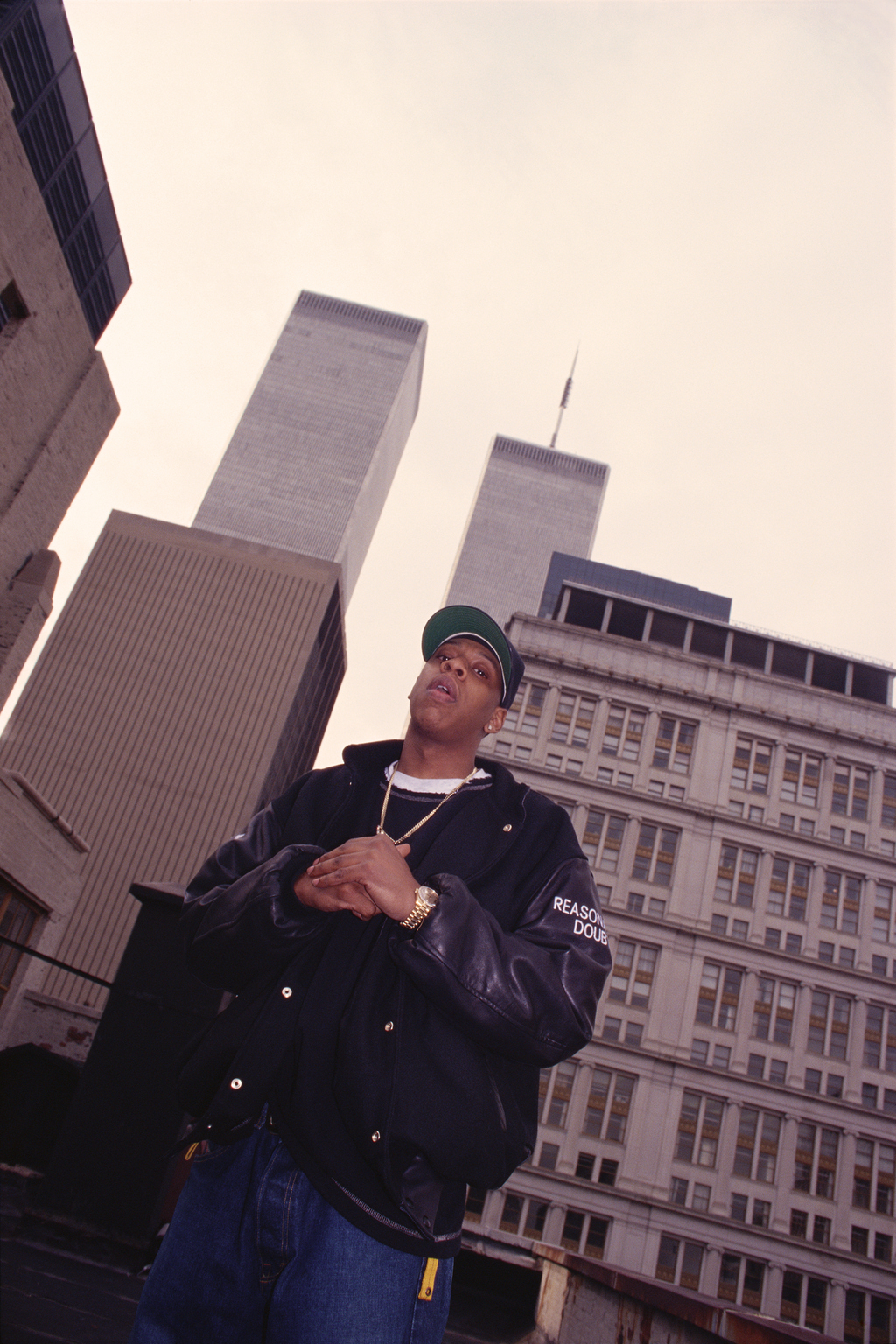
Jay-Z (1996)
“Given what happened at the World Trade Center five years later, this picture means a lot to me. The fact that one of my favorite artists is in it as well is another reason why I treasure it. It was taken the same year he released his debut album, Reasonable Doubt, when he was still more underground but moving towards becoming a mainstream artist. He was fairly quiet, but very professional and courteous, showing me around his office. I also shot him in front of a picture he had of Tony Montana from the film Scarface. That’s another one I like.”
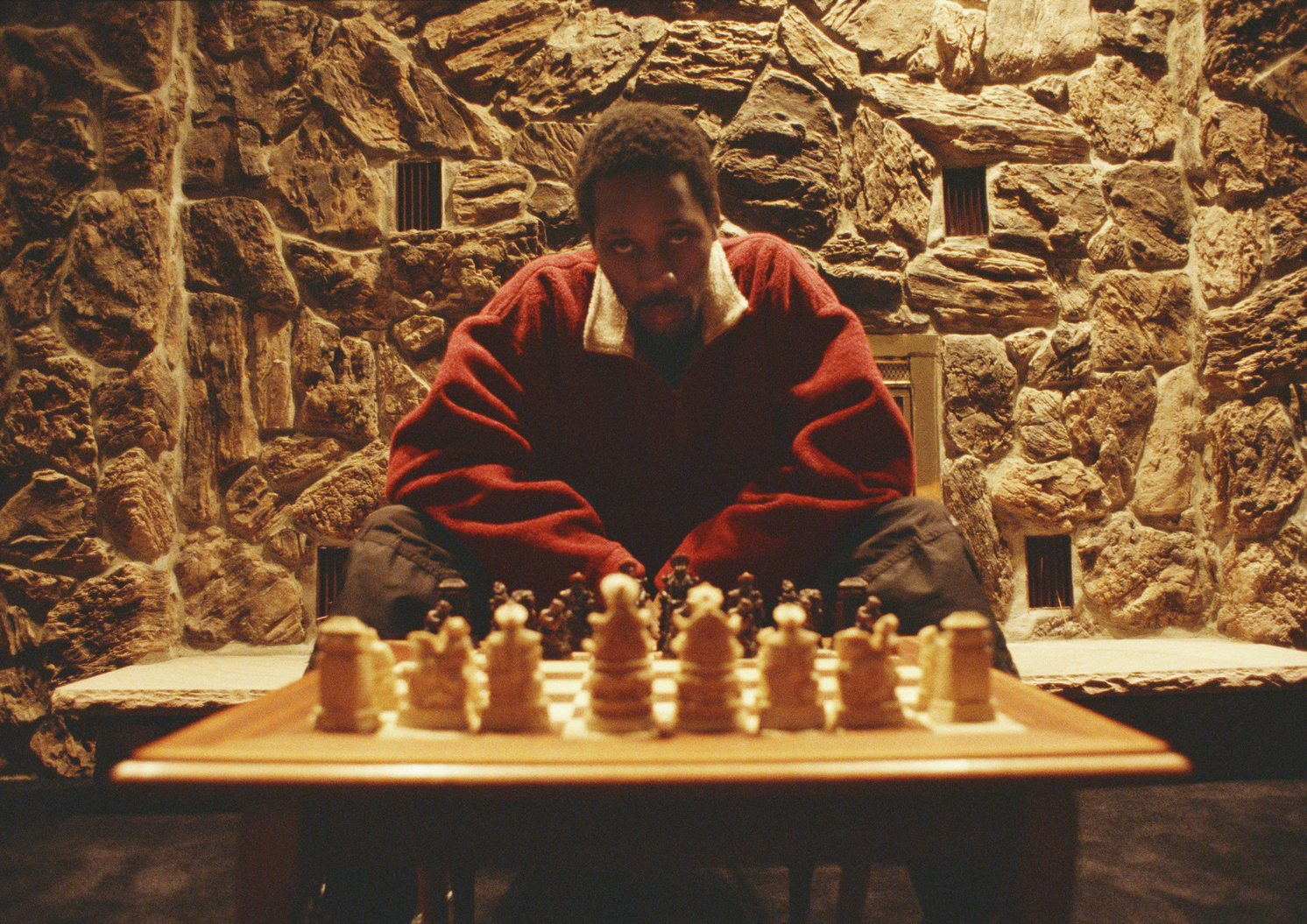
RZA (1996)
“Wu-Tang Clan are one of most influential groups of all time, revolutionizing East Coast hip hop. So, to have the opportunity to photograph their leader was a real honor. What made it even better was that we did it at the Wu Mansion. Located in a remote area in New Jersey, we were chauffeur-driven there through forests. It was surreal. RZA was then just so chilled. As he’s a fan of chess, I thought it would be good to have him behind the board, contemplating life. I like his pensive look.”
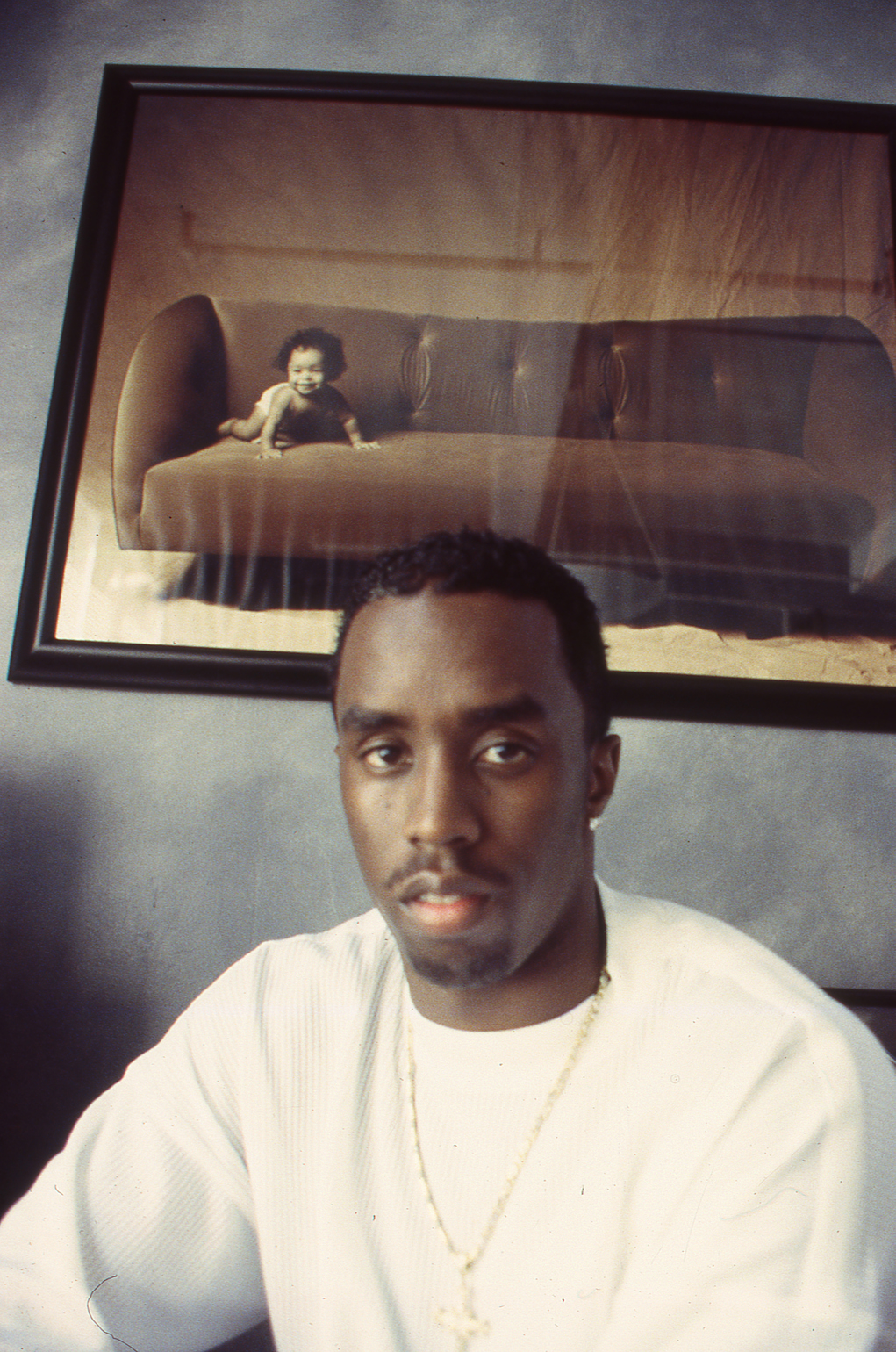
Sean “Diddy” Combs (1996)
“We shot this at the office of Bad Boy Records when he was more of a producer. While Jay-Z was calm, Diddy was a bag full of energy, constantly moving around and talking. Seeing the photograph of his son, Justin, I thought it would be nice to have him in front of that. Diddy even shared it on his Instagram page. I think it shows his vulnerable side. Some people were against the pop direction he took, but you have to admire his passion for music.”
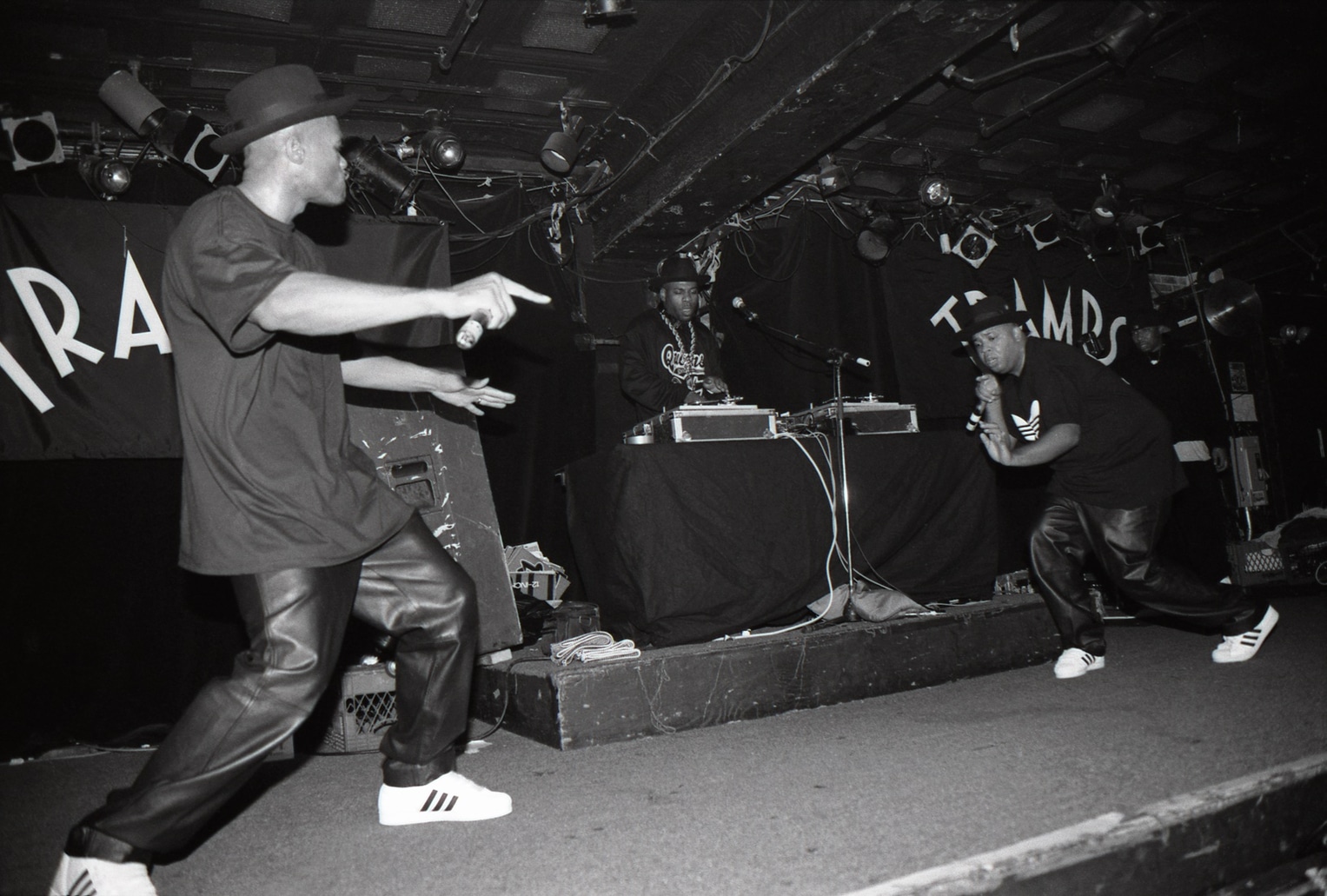
Run-DMC (1998)
“I photographed this at Tramps, a historic blues and roots venue in Manhattan. I always found it very lively when I shot there and this night was definitely no exception. Run-DMC were so energetic and the people there were going crazy for them. I’d like to think you can feel some of that vitality in this image. Seeing Jam Master Jay on decks is also meaningful for me (he was murdered four years later). I did a portrait shot of the group after this and remember him talking about how much he liked Japan. He seemed very nice.”
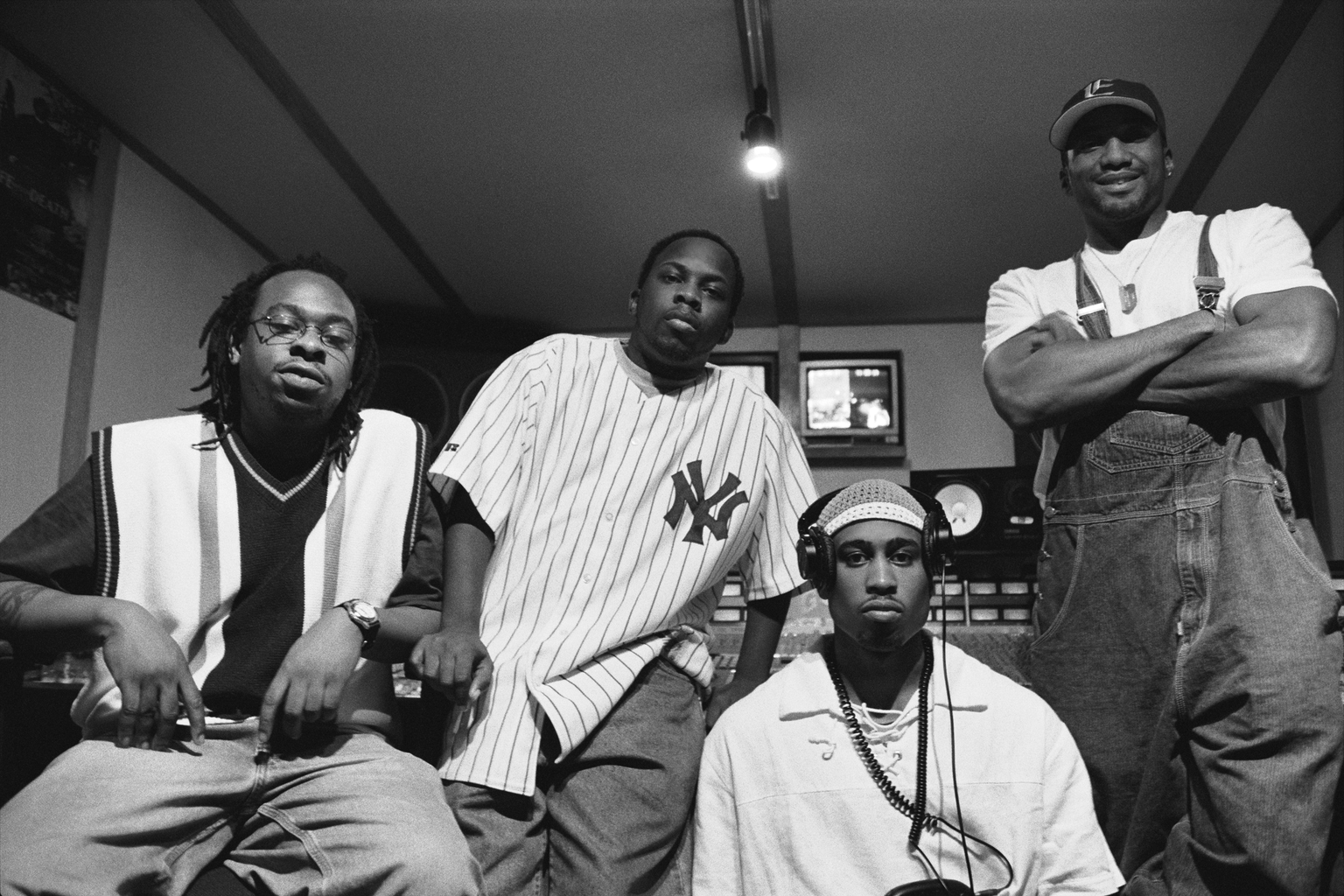
A Tribe Called Quest (1998)
“The first group I really got into in America was A Tribe Called Quest. They had a jazzy hip hop sound that was unique. In 1998, they released what they said would be their last album, The Love Movement. This photo was taken before that. Jarobi White (on the left) had quit years earlier, but remained close with everyone. By the time he returned to the band in 2016, Phife Dawg (pictured in the Yankees top) had died. So, I suppose there aren’t that many pictures with all four together. In that sense, I feel history when I see this.”
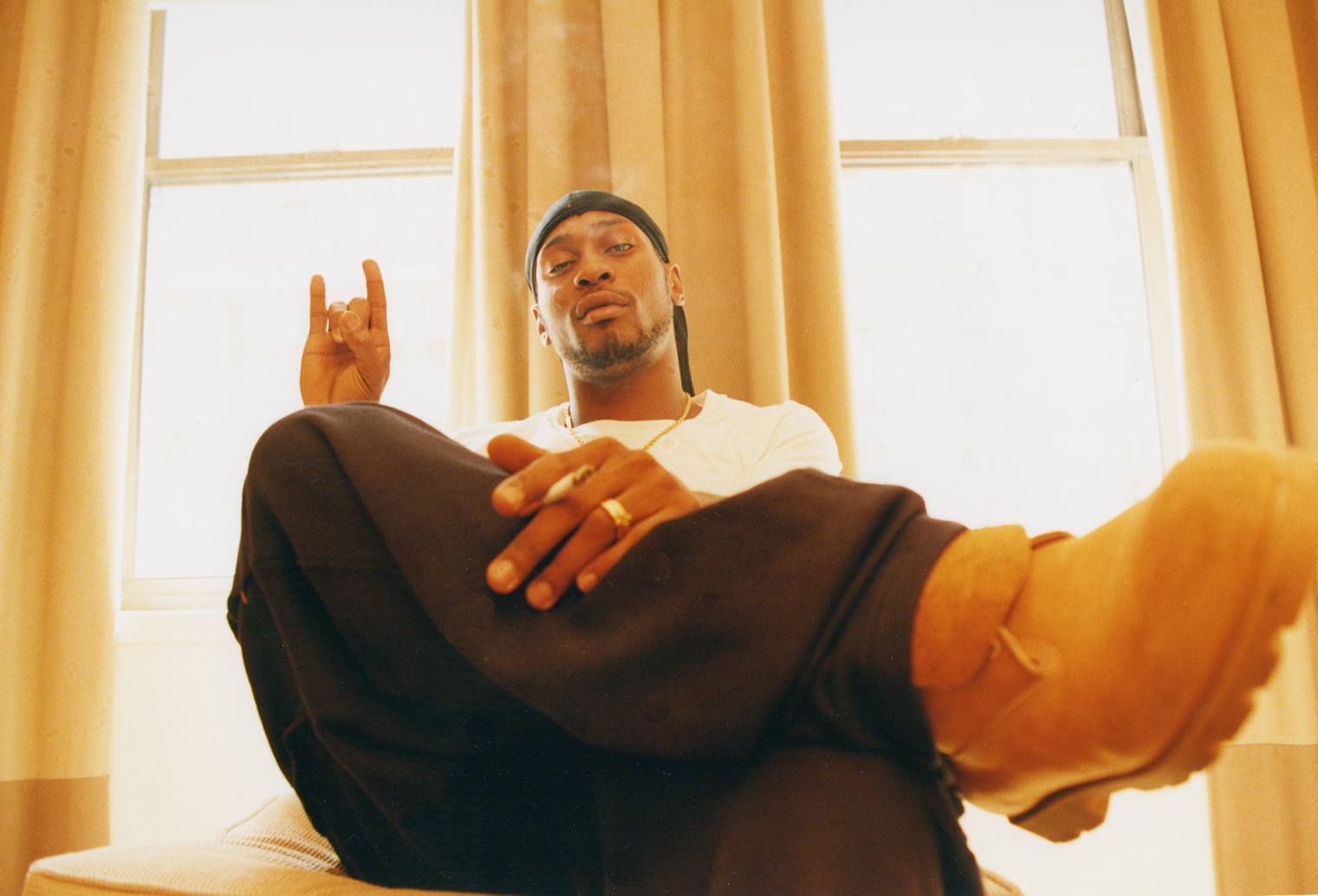
D’Angelo (1999)
“He’s just such a smooth guy, a real lady’s man. Yet meeting him, he didn’t act like a big star at all. Completely down-to-earth, he was very nice and extremely chilled. Because he was so relaxed, I felt relaxed and that’s reflected in the picture. I think I managed to catch his tranquil vibe. It was shot at the W Hotel in Manhattan. D’Angelo arrived with his white t-shirt, casual pants and Timberland boots. He wasn’t trying to impress for the photoshoot, just D’Angelo being himself. He seems like a great guy and his music is beautiful.”
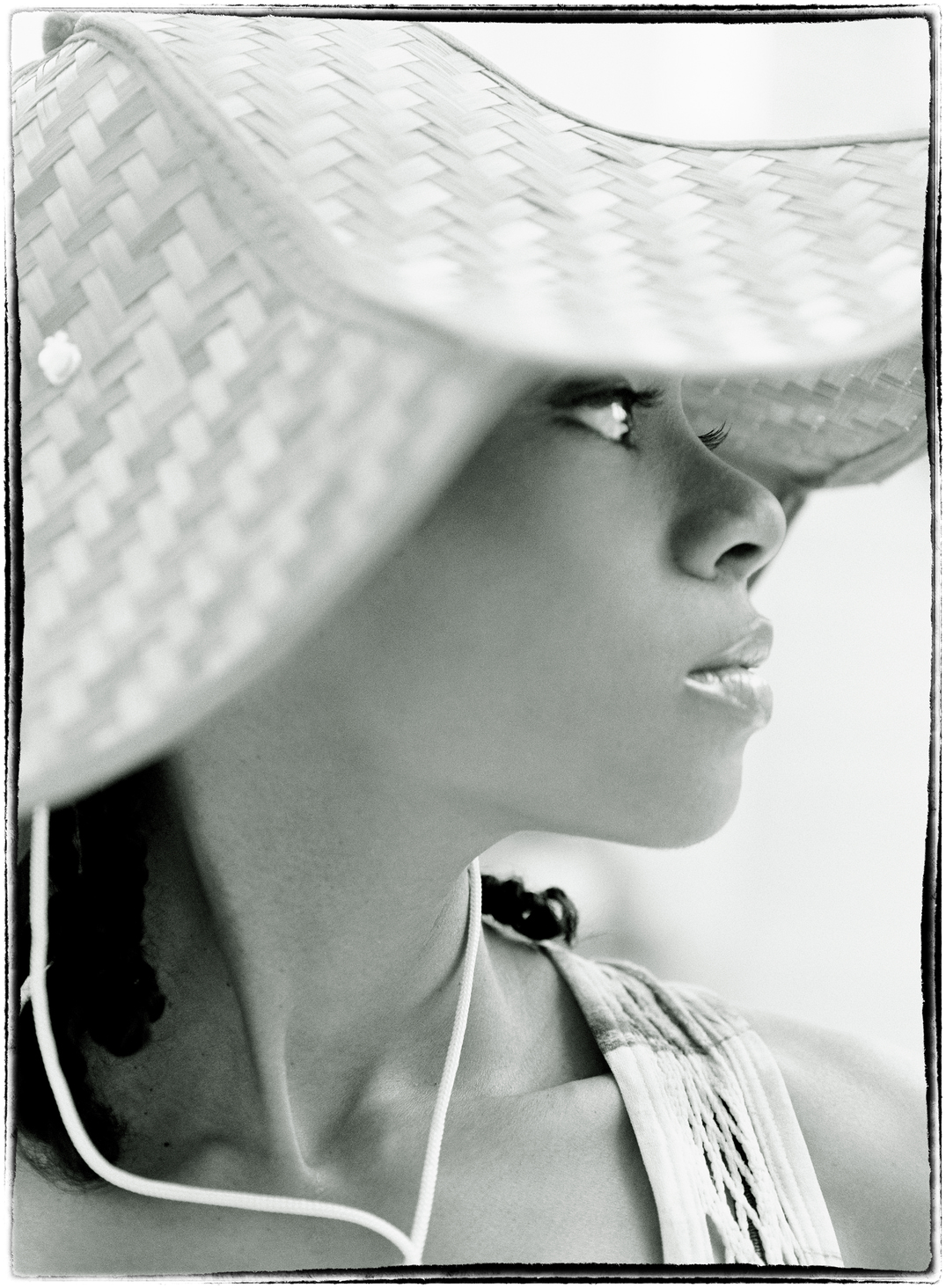
Lisa “Left Eye” Lopes (2001)
“This was taken the year before she died in a car crash. Her death affected so many people, including myself. I believe she’s up there still creating music. Looking at this picture, it makes me think she’s doing fine in heaven, living peacefully. She seems completely at ease in this shot. TLC were ahead of their time in terms of creation and imagination. They were all heroes of mine, but Left Eye was the member of the group I was most drawn to. She always seemed like she was living for the moment. And she was so sweet when I met her.”
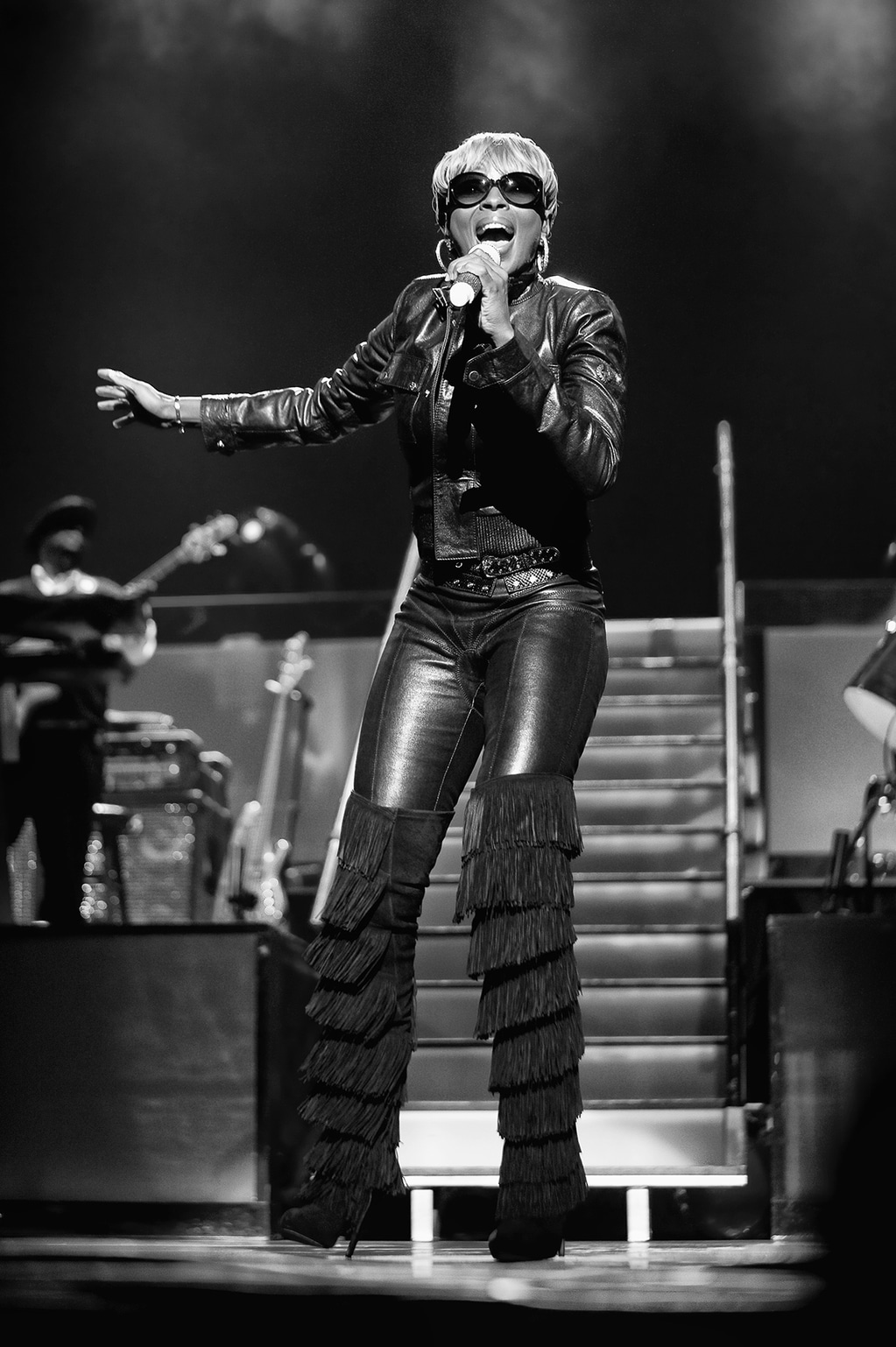
Mary J. Blige (2002)
“I’d been a fan of Mary J. Blige for ages but I never had the chance to photograph her. Of course, I prefer taking portraits as you have more control and can communicate with the artist, but live photos can be fun as well. There’s pressure as you usually only have three songs to get the shots you need. Also, with this one I wasn’t at the rehearsal so you don’t know what might happen. I love it, though, because I can feel her energy. Monochrome seemed like a better fit as it made her look cooler and harsher which suits her image.”

